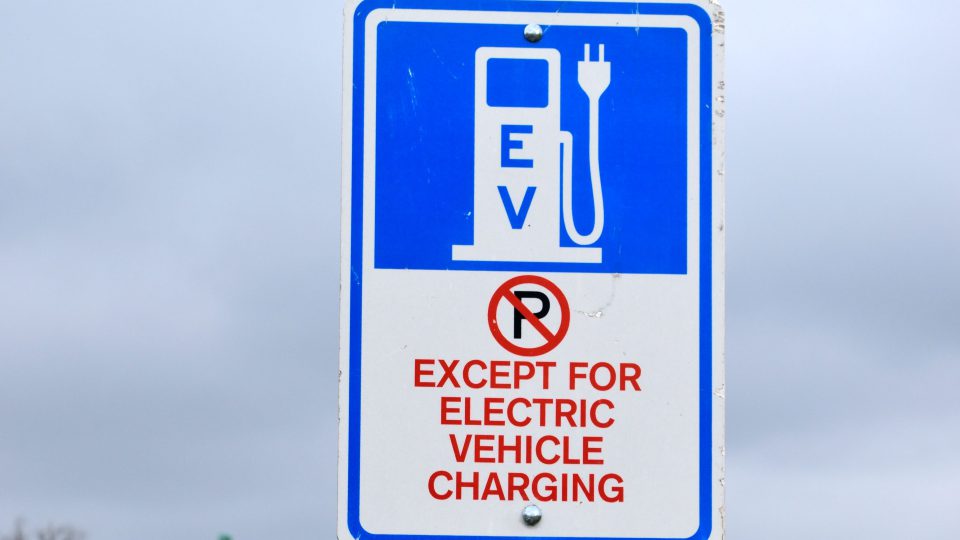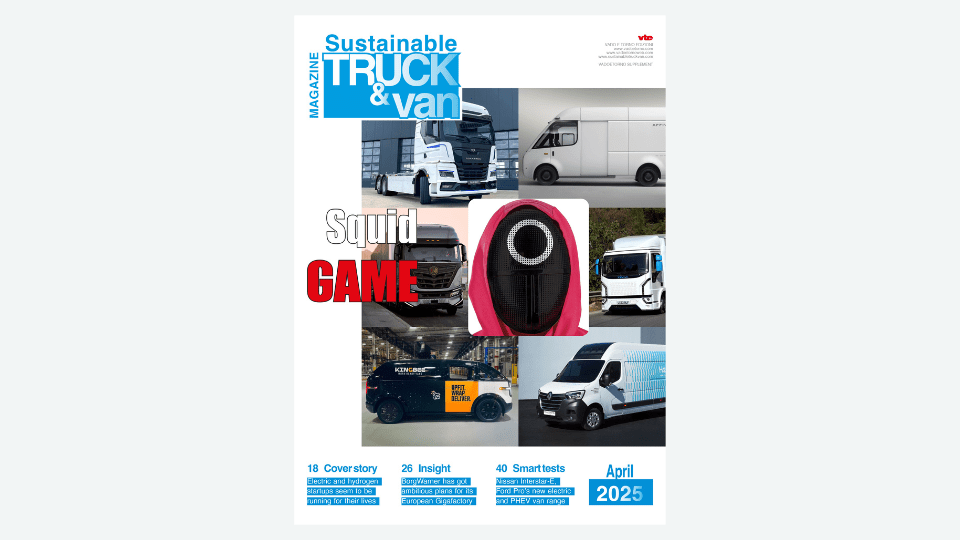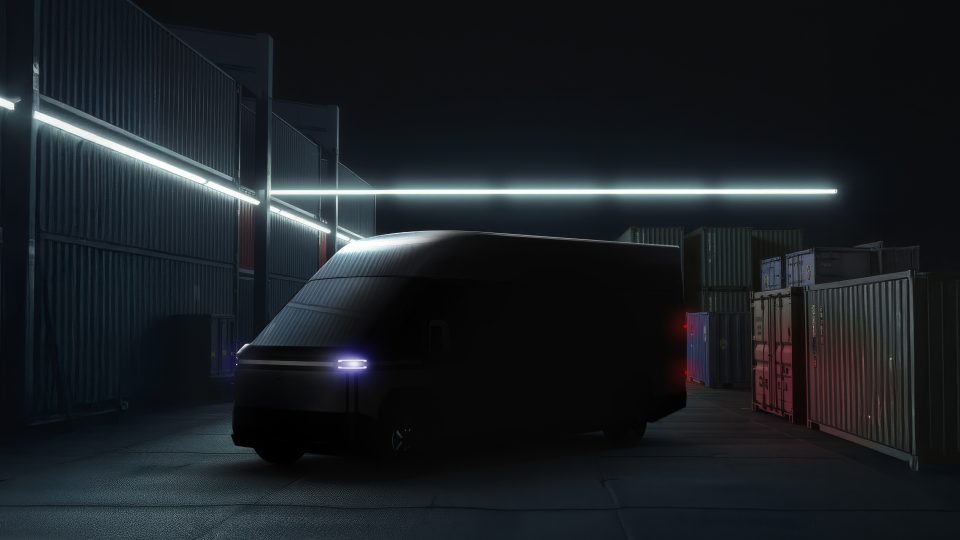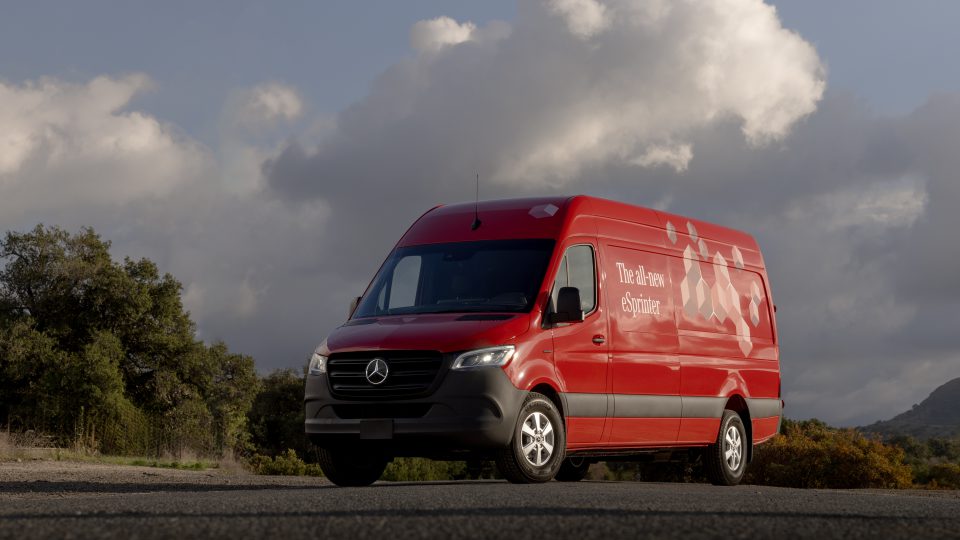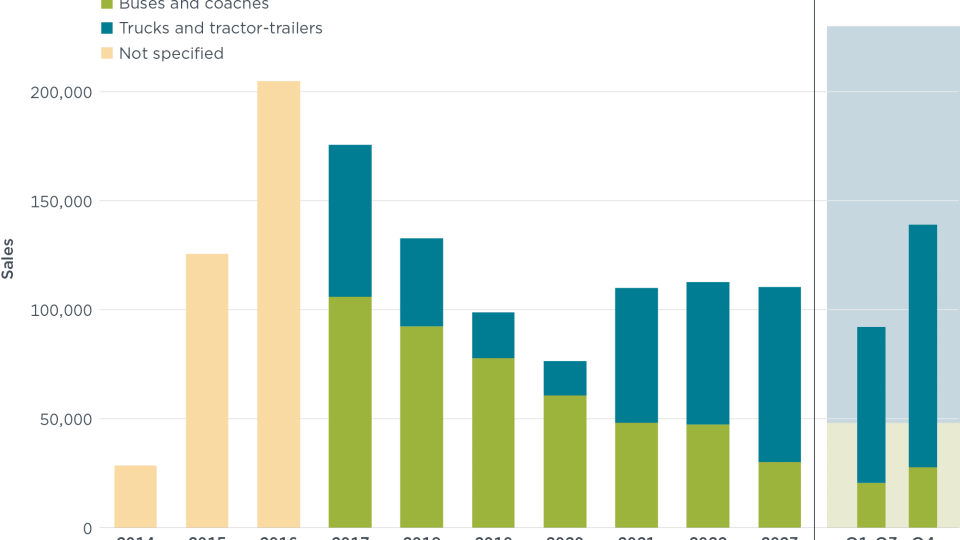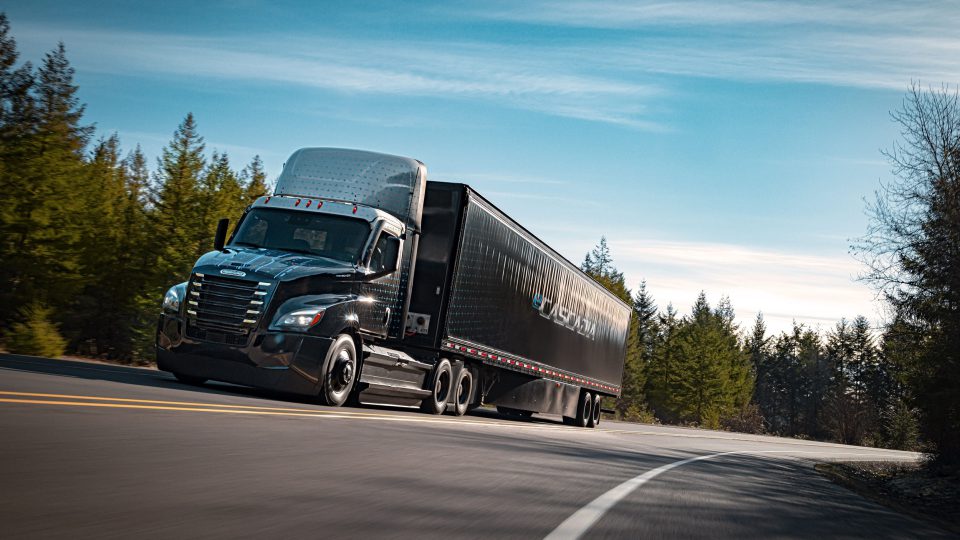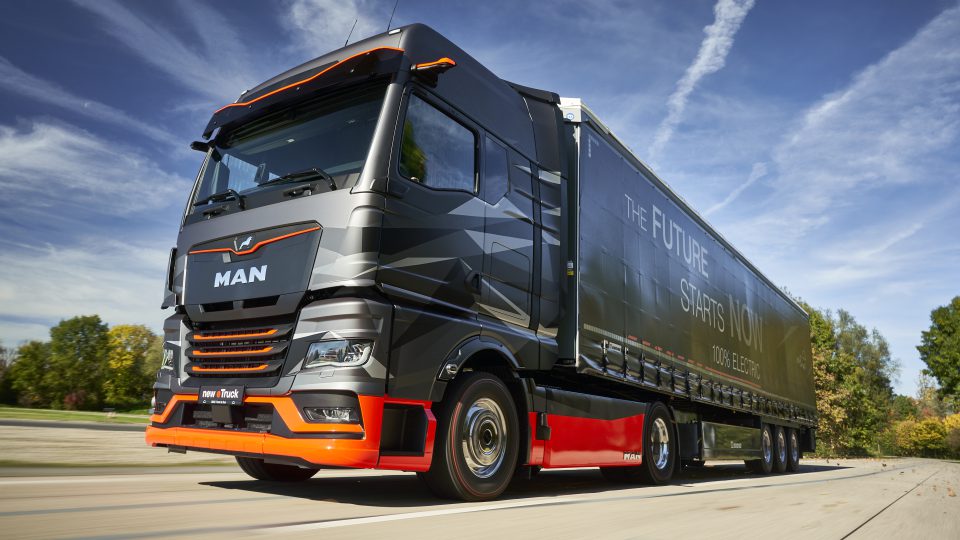CALSTART: zero-emission truck and bus models available grow by 26% globally
While in 2020 there were 433 models available, at the end of this year we might reach the number of 544 models. These data were unveiled at an online event by CALSTART’s Global Commercial Vehicle Drive to Zero program and campaign (Drive to Zero) and featuring manufacturing innovators, Scania and BYD, as well as global fleet DHL.
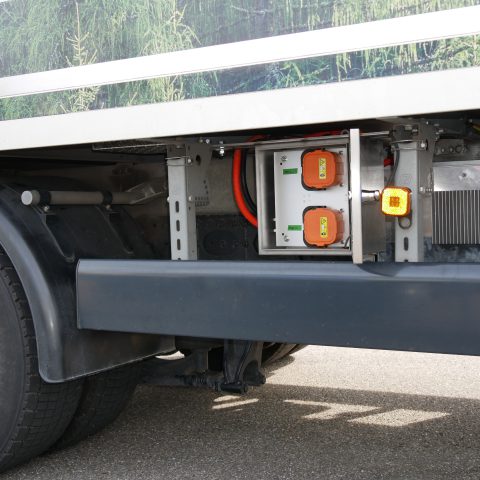
According to a study recently introduced by Californian organization CALSTART, zero-emission truck and bus models available all over the world are growing by 26 percent from 2020 up to the end of 2022. In numbers, while in 2020 there were 433 models available, at the end of this year we might reach the number of 544 models. These data were unveiled at an online event by CALSTART’s Global Commercial Vehicle Drive to Zero program and campaign (Drive to Zero) and featuring manufacturing innovators, Scania and BYD, as well as global fleet DHL.
CALSTART notes that In order to reach the 30% zero-emission truck and bus sales target by 2030 the United States would have to leap from fewer than 5-thousand ZETs and ZEBs in the nation to a sales target of 593,303 zero-emission medium-and heavy-duty vehicles by 2030.
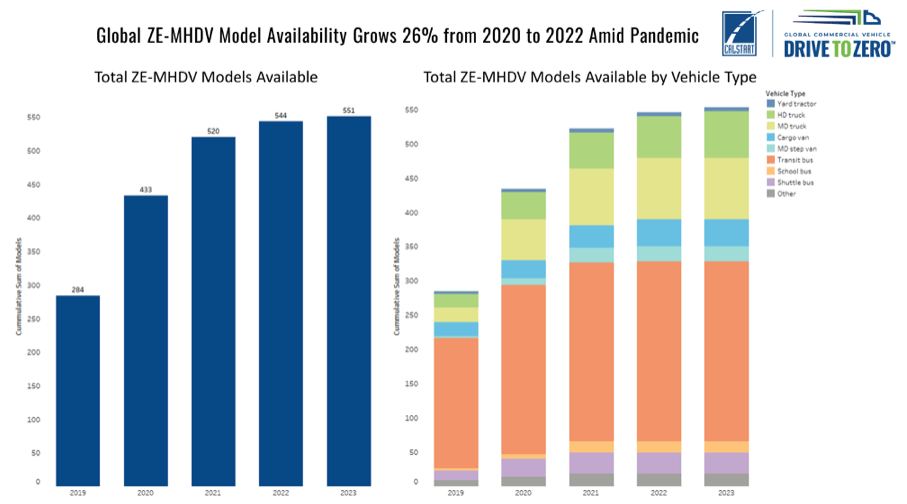
Zero-emission trucks increasing in range, according to CALSTART
In addition to model availability, driving ranges for zero-emission trucks (ZETs) are improving year-to-year. Medium-duty ZETs, medium-duty step vans, and cargo vans on the market in 2022 come in with median ranges of 246 km, 214 km, and 234 km respectively, according to manufacturer data. This allows zero-emission trucks to meet a growing variety of delivery duty cycles. According to manufacturer data, heavy-duty ZETs on the market in 2022 now boast a median range of 300 km, and will soon include a mix of battery electric and hydrogen fuel cell electric options.
When comparing zero-emission model availability by region, the new data suggests the United States and Canada combined appear to rival global zero-emission vehicle leader China in terms of model availability. However, China represents the vast majority of the ZEB market globally by deployments. China far exceeds North America in adoption with an estimated more than 400,000 ZEBs operating in the nation. The United States records just 3,533 ZEBs and 1,215 ZETs in the nation, with a large portion of those vehicles on the road in California.
Potrebbe interessarti
Clean transportation. Interact Analysis and nonprofit organization CALSTART form research partnership
The virtuous nations (and initiatives) around the world
«California is using a combination of policies, regulations, incentives, infrastructure investments, and pilot projects to grow the marketplace for zero-emission trucks and buses. Fifteen nations around the world, including Canada and the UK, are supporting similar commitments through the Global Memorandum of Understanding on Zero-Emission Medium and Heavy Duty Vehicles», said Alycia Gilde, Vice President, CALSTART. «Golden State policies such as the Advanced Clean Trucks Rule and the Innovative Clean Transit Rule signal timelines for the zero-emission transition, while incentives such as the state’s Hybrid and Zero-Emission Truck and Bus Voucher Incentive Project (HVIP) and the EnergIIZE Commercial Vehicles Project buy down vehicle and infrastructure costs needed to enable successful fleet deployment».
«Leading global markets like the United States, Germany, and even global electric vehicle leader China must do more to address this sector. Globally, although freight trucks represent less than four percent of the on-road fleet, they contribute to about 27% of on-road fuel consumption and greenhouse gas emissions as well as 60% of on-road nitrogen oxides», added Owen MacDonnell, Project Manager for CALSTART. «The United States is falling far short of what is needed in terms of sales if we hope to reach ambitious 30% zero-emission truck and bus sales by 2030 and 100% zero-emission sales by 2040, which has been adopted by a number of leading nations».



